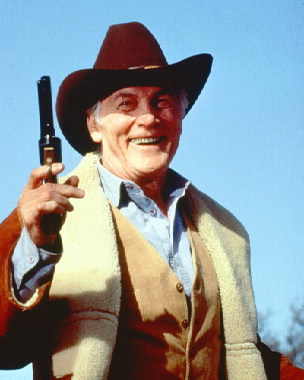 As Curly in the movie, City Slickers, said, you got to figure out what your "one thing" is, just one thing.
Everybody is going to have some key word or sentence they focus on within the KSR decision. For me. the following paragraph is where the paydirt (the gold) is buried. You got to ask yourself, what are you going to do to preserve your "genuine issue of material fact"? How are you going to fashion your expert affidavit? That's true even if all you do is patent prosecution:
As Curly in the movie, City Slickers, said, you got to figure out what your "one thing" is, just one thing.
Everybody is going to have some key word or sentence they focus on within the KSR decision. For me. the following paragraph is where the paydirt (the gold) is buried. You got to ask yourself, what are you going to do to preserve your "genuine issue of material fact"? How are you going to fashion your expert affidavit? That's true even if all you do is patent prosecution:
To the extent the [Fed. Cir.] court understood the Graham approach to exclude the possibility of summary judgment when an expert provides a conclusory affidavit addressing the question of obviousness, it misunderstood the role expert testimony plays in the analysis. In considering summary judgment on that question the district court can and should take into account expert testimony, which may resolve or keep open certain questions of fact. That is not the end of the issue, however. The ultimate judgment of obviousness is a legal determination. Graham, 383 U. S., at 17. Where, as here, the content of the prior art, the scope of the patent claim, and the level of ordinary skill in the art are not in material dispute, and the obviousness of the claim is apparent in light of these factors, summary judgment is appropriate. Nothing in the declarations proffered by Teleflex prevented the District Court from reaching the careful conclusions underlying its order for summary judgment in this case.
Everything in the law is a double edged sword. The Supremes declared that PHOSITA is not an automotan. He (or she) is a "person". A person who comes with some degree of "ordinary" creativity. But then again, also a "person" who comes to the stage with other characterisitics of "ordinary" personhood, like being a 'follow the crowd' kind of guy/gal ... to be continued







